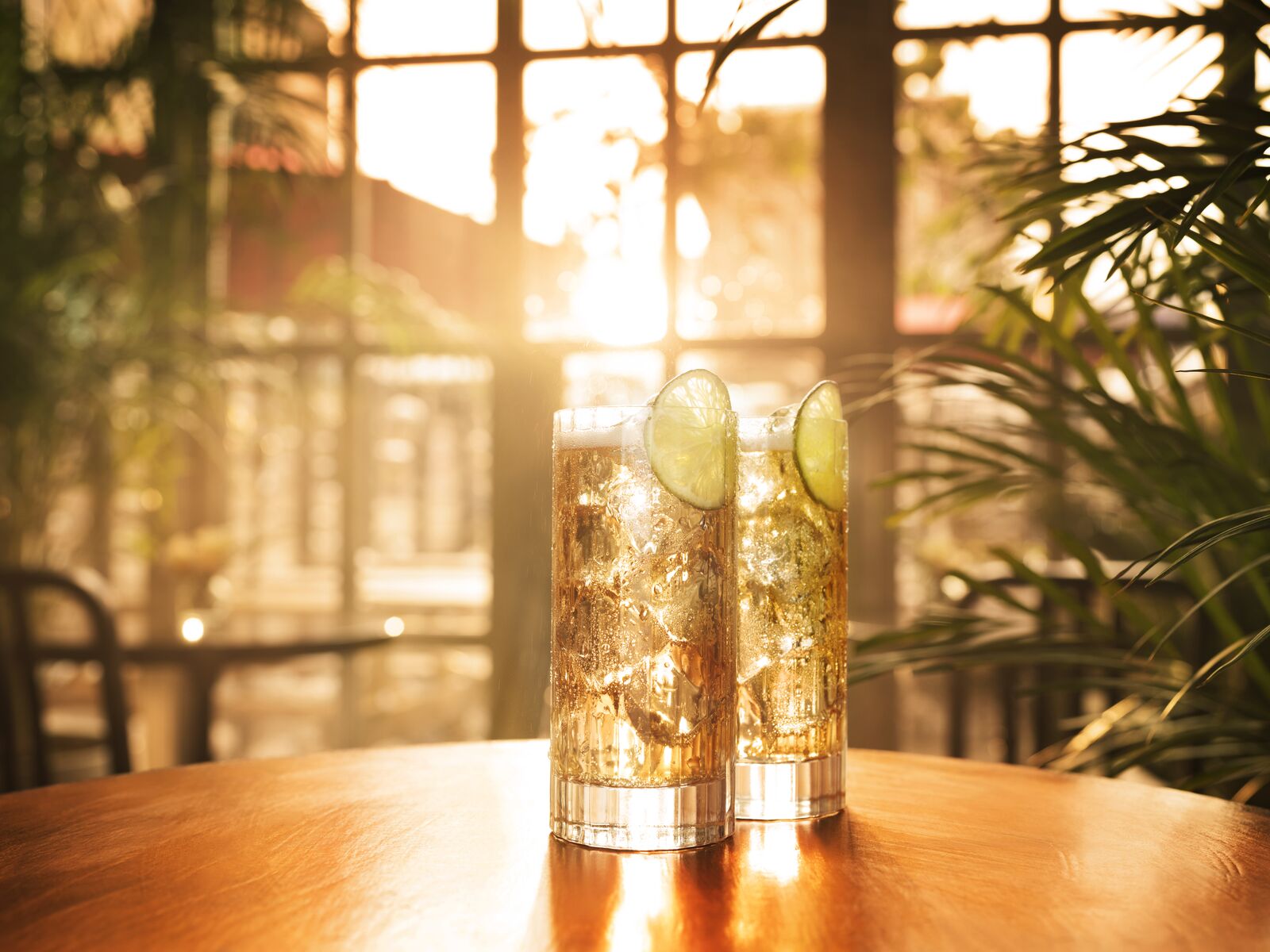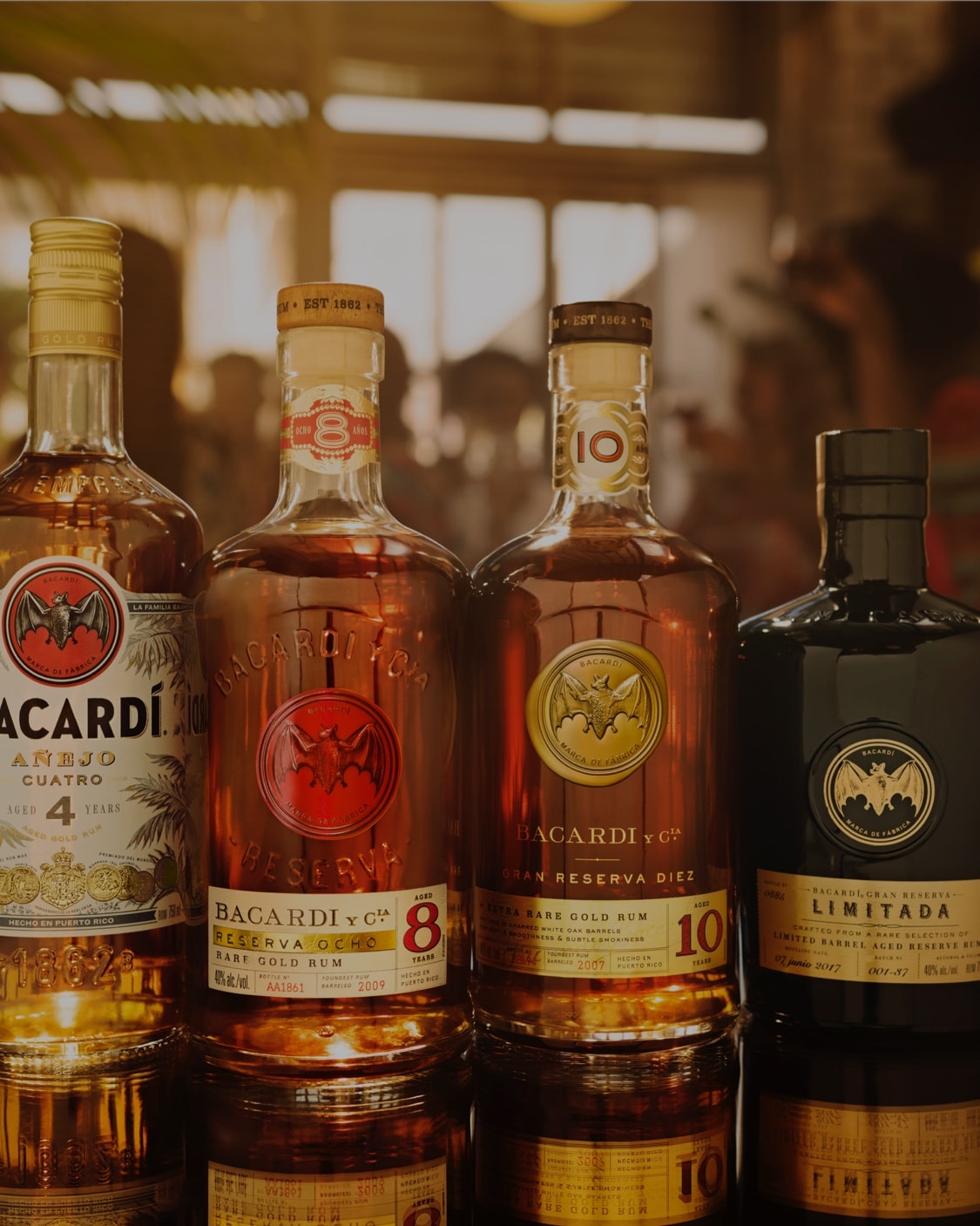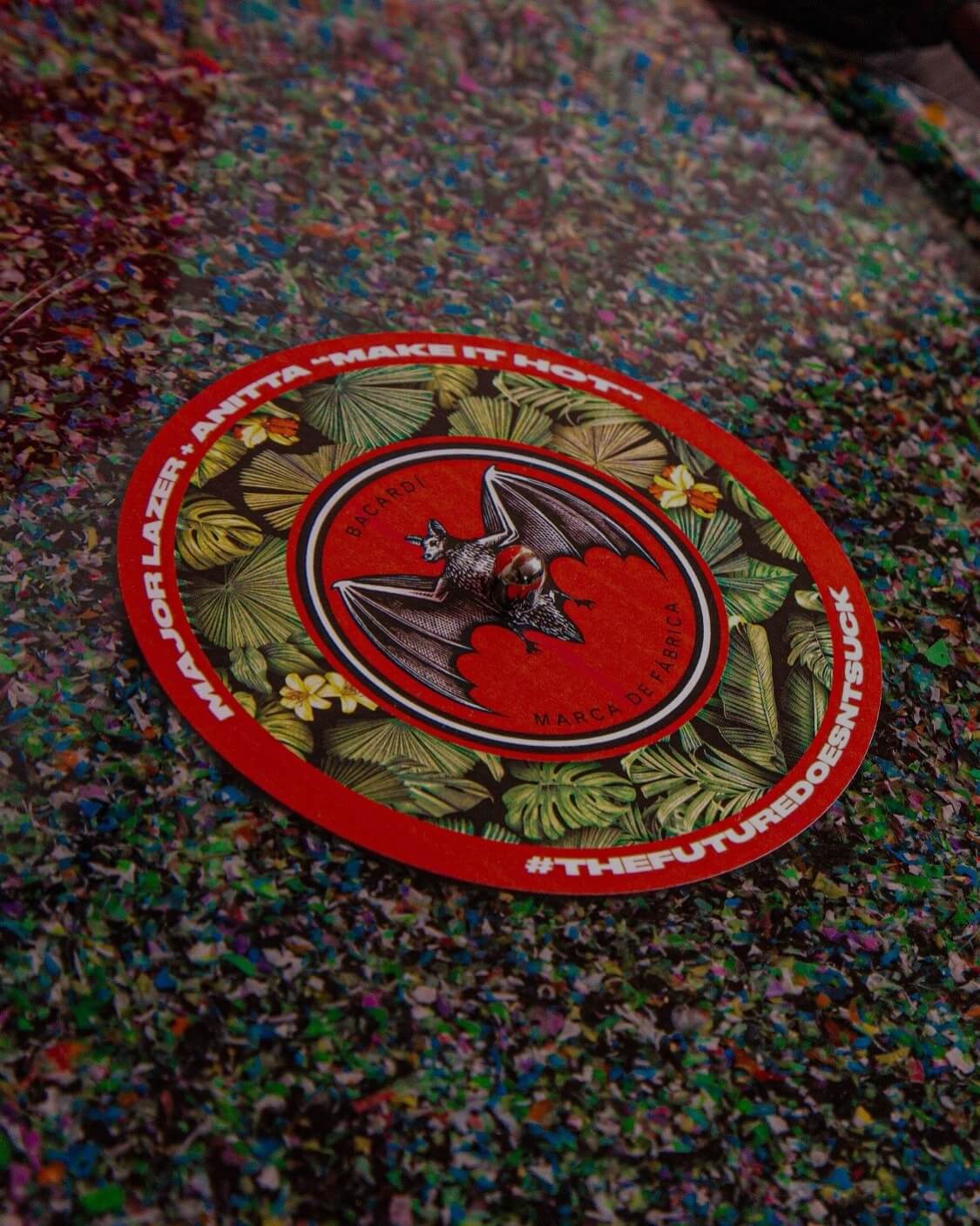
Editorial by Dickie Cullimore
Beyond the Rum & Cola - Flavours that make Rum Sing
4 minutes

Beyond the Rum and Cola
The rum and cola; for some a guilty pleasure, for others just a pleasure, but there can surely be few drinks so simple, so enduring, and with so many appearances in films, television and music, so culturally iconic as this duo.
But what makes the rum and cola so successful? Partly it’s the sense of familiarity, but mainly it’s the way in which the flavours combine and play together. How you interpret flavour is controlled by taste and smell, and just as with wine and food, a great pairing can be driven by those that are matching, complementary, or even contrasting, and both parts that make up the drink – rum and cola – have elements that fall perfectly into two of those.
First, there are matching flavours. These don’t require scrutiny, they just make sense, like they were somehow meant to be, and both rum and cola have lashings of vanilla and burnt sugar. Dig a little deeper, and you’ll also find cinnamon, nutmeg and jammy grenadine notes. As for complementary flavours, the banana, raisin and ripe stone fruit – apricots, cherries, prunes and baked apricot – found in an aged rum, marry up beautifully with the upfront sweetness of cola. Then there’s the hard to define ‘cola’ flavour – a blend of unctuous citrus (essential oils rather than fresh) and a herbaceousness that strikes a complimentary note when placed alongside the bright floral notes of younger rum, or the glazed fruit flavours of an aged one that come from extended time in the barrel. With so many layers of complexity, rum can also work equally well with any number of ingredients by drawing on those same three pillars.

Simple Drink Recipes with Rum
So you’ve got a bottle of rum, but what else can you do with it? Well, if you’re looking for a great drink idea with rum, sometimes all you really need is a simple combination to get surprisingly great results. Take ginger beer and ginger ale, where the fiery spice of the ginger goes hand in hand with the burnt caramel sweetness of the rum like in the Rum Mule. Or lime, mainstay of so many great cocktails and rum mixed drinks – from the Daiquiri to the Mojito, which works by adding a contrasting flavour that’s sharp and incredibly refreshing. Then there’s grapefruit – add a fresh squeeze and the door is open to a Hemingway Daiquiri, while a grapefruit soda like Ting, also works deliciously well. Even soda has its place, not by adding flavour but by lowering the alcohol content allowing you to seek out new elements in the rum, which is why it’s a popular choice with our own Maestros De Ron (Master Blenders).

Old School – Ingredients from the Golden Age of Cuba
Starting around the same time as Prohibition, this period produced some of the most outstanding and enduring rum drinks, however, from a modern perspective some of the popular ingredients of the time can seem a little strange, even counterintuitive. Before global availability, bartenders worked with what they had at hand, which depended greatly on where that particular bottle of rum found itself. In Cuba and the Caribbean, tropical fruit was the order of the day, with famous fruity rum drinks of the time including the Hemingway Daiquiri and the Hotel Nacional. Then there’s another iconic local ingredient – mint, a central player in the Mojito – one of the greatest rum cocktails ever invented, and arguably the most refreshing drink on a hot day. In a Mojito, each of the flavours contributes something greater than the sum of its parts, with the menthol from the mint in particular sparking an automatic cooling sensation as it hits your mouth, combined with a viscosity that contrasts beautifully with the warmth of the rum.
So far none of this might seem strange, but other commonly used ingredients of the time, like sherry, port and vermouth, might. These wine-based drinks were the core ingredients in many of the classic drinks of the day – from the Martini and the Martinez to the Negroni and the Manhattan – and rum was no exception. There is logic to this; sherry, port and vermouth are all aged in oak, drawing on the same smoky, woody characteristics as an aged rum, and as they soften and sweeten this bridge only becomes stronger and more obvious (Rosso vermouth is particularly delicious with aged spirits). One of the best of this class is the El Presidente, a silky-smooth blend of vermouths, orange curacao and rum that was almost certainly an attempt to create a Cuban-style Manhattan.
Then there’s Chartreuse, triple sec and apricot liqueur. Chartreuse was immensely popular at the time, imparting a subtle, herbal element that syncs surprisingly well with the citrus and floral notes found in a younger rum. Possibly the best example of this is the Daisy de Santiago – BACARDÍ Carta Blanca, sugar, lime and a little Yellow Chartreuse. Triple sec meanwhile provides citrus and sweetness in a single package, while apricot liqueur contains many of the same dense stone fruit flavours as rum, only taken to the very edge for extra richness.

Current Trends
Just like flavour, escapism is tied to memory, and one of the most popular trends right now are drinks that take you somewhere, and if you can’t travel by boat or plane, you can always travel by cocktail.
Take the Piña Colada, another perpetual guilty pleasure, in which you find two flavours that work exceptionally well with rum. The first is pineapple. On its own, pineapple can be cloying, acidic, even too pineappley. Used alongside other ingredients, however, and especially rum and it becomes absolutely delightful, with the sweetness, acidity and utterly tropical taste of pineapple creating a flavour bomb as it plays off the shapeshifting flavour and bottomless depth of the rum. Then there’s coconut – simple, savoury, somewhat sweet, slightly salty, with both mineral and nutty elements – which seems almost created with rum in mind. In fact, this combination doesn’t need anything else to be sensational; just crack a hole in the top, pour in some BACARDÍ Añejo 4 and you have something that’s completely delicious.

You’ve Got to be Kidding
When something becomes familiar it’s time to push boundaries, and there are some flavours that can bend both your mind and taste buds when combined with rum.
First, there’s salt. You can get romantic and trumpet the link between rum and the naval tradition; the spray of the sea and barrels of grog, but it’s more fundamental than that. Salt, like alcohol, is a flavour enhancer, taking what’s there and giving it a boost, and while it’s probably not something that leaps to mind when creating a drink, a little saline can enhance and alter the familiar, whilst remaining almost imperceptible. A great example of this is Le Latin by Franck Dedieu, lovingly nicknamed the ‘Dirty Daiquiri’, a fascinating cocktail that combines BACARDÍ Carta Blanca with Viognier wine, lemon juice, sugar and a touch of olive brine for saltiness.
Then there’s oil. Sesame, olive and coconut oil have all appeared in drinks recently, and can simultaneously enhance the richness of the rum while softening its stronger flavours. A masterclass in this is the Clarita by Ran van Ongevalle, which blends BACARDÍ Reserva 8, Oloroso sherry, crème de cacao, a faint touch of absinthe and just a few drops of olive oil.
In a similar way, there’s dairy. Using cream is nothing new and milky cocktails go back long before the Brandy Alexander first came onto the scene, but things like Mascarpone or Greek Yoghurt can create a platform that allows the rum to shine by providing both a complementary richness and a contrasting texture. A drink that combines this with sheer escapism is the Coquito – a traditional rum punch that’s a lot like a tropical Egg Nog. Need more proof? The Hot Buttered Rum should clarify things nicely.
Finally, there’s vinegar, which can be harder still to wrap your head around, but which works in a similar way to lemon juice only offering a different way to use acidity. Curious? Try a Devil Woman, which mixes BACARDÍ Carta Blanca, with a bitter Italian aperitif, a touch of dry vermouth, a little lemon sugar syrup and a cocktail onion quickly pickled with habanero chilli. Some bartenders are even taking this further now, incorporating things like citric and malic acid to great effect.
What’s Next?
An interesting question. Savoury perhaps? Not as in a savoury cocktail as such, but drinks that incorporate savoury elements in the same way that a Bloody Mary rides tomato and basil to success. This is not exactly new – The Negroni and the Manhattan are both spirit-fronted drinks that take their combination beyond sweetness and into savoury territory by balancing the toasted, roasted flavours of the rum with the tannin dryness of the barrel-aged vermouth. Only time will tell, but I can’t wait to find out.
RELATED CONTENT





